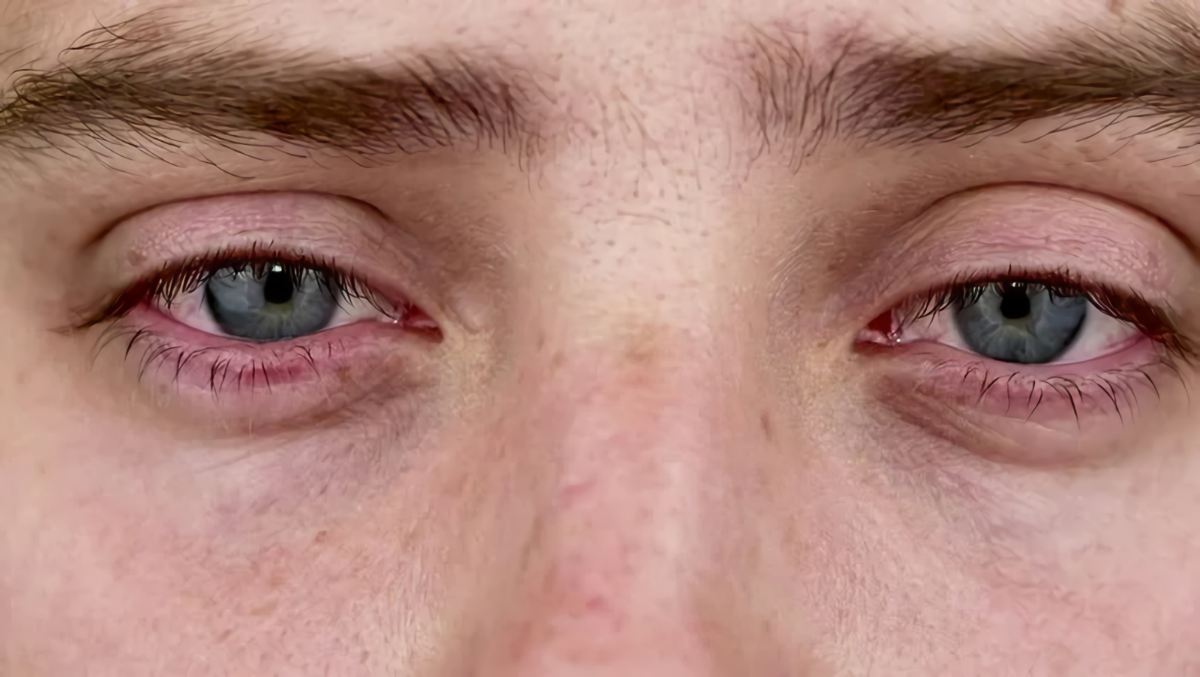Your eyes are all glassy. Do you have a fever? By the time this inquiry is posed, most of us are deep into a case of the summer flu or another feverish ailment. Not only do we feel terrible on the inside, but everyone can see that we are in awful shape. Our formerly clear and focused eyesight becomes foggy and hazy as well. But why is that? When you have a fever, do you really experience a change in the eye, or is it simply an illusion?
The effects of fever
This first impression is not deceiving in the least. The effects of a fever extend to the eye. When confronted with an infection, the body goes into defensive mode.
Body temperature increases, white blood cells are triggered to combat the invaders, and veins widen to allow for a more efficient transfer of defense cells and signal molecules.
The changes are also obvious in your eyes, which give off the impression of being wetter and tearing more vigorously than normal.
During a fever, the tear fluid evaporates more rapidly due to the increased body temperature.
Thanks to the increased production of tears by the lacrimal glands as a compensatory mechanism, our eyes sometimes seem unusually glassy and floaty.
The conjunctiva enlarges as veins swell
The conjunctiva contributes to the glassy appearance through swelling due to fever. This causes the veins in the conjunctiva to widen and increase in size.
As with other mucous membranes, such as the pharynx and nasal passages, this occurs in response to infection.
The redness and swelling of the conjunctiva are noticeable. Moreover, the white of the eye’s (sclera’s) tiny veins is typically more apparent than normal as a consequence of the dilatation of the blood vessels.
White blood cells also accumulate in the conjunctiva, making it thicker. These defense cells congregate in certain areas of the mucous membranes in the case of an infection.
In some spots, the conjunctiva will start to look a little glazed over with a white color. It is possible to see this phenomenon from the outside as well. But you will need a microscope for that.
Increased tear production, enlarged conjunctiva, and reddened veins in the eye all contribute to the glassy appearance of the eyes in a person with a fever. These are just the symptoms of a person being ill.
Hay fever may also cause glassy eyes
An allergy, like hay fever, is just as capable of giving us the same appearance as a fever.
As anybody who has suffered from hay fever knows, the symptoms include a runny, swollen nose, the need to continually sneeze, and the inability to focus your eyes.
In addition, your eyes may become red, watery, and itchy. This is because the swelling of the conjunctiva causes the eye to produce more tears.
This response is due to the same factors that bring about an infection. Having an allergy means that your immune system is working overtime in an erroneous fashion.
Pollen and household dust, for example, might set off an immune system response as if they were harmful viruses, although they are completely harmless.






